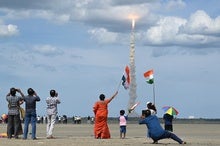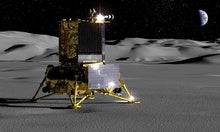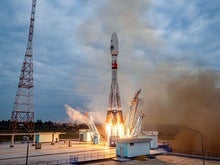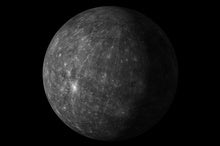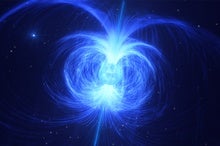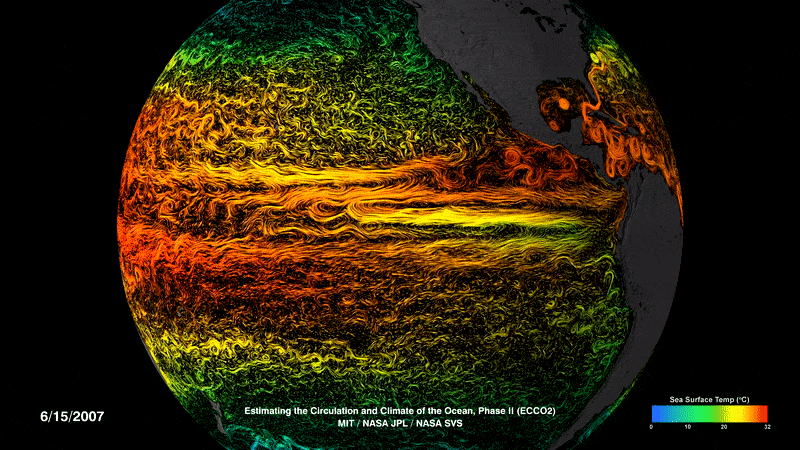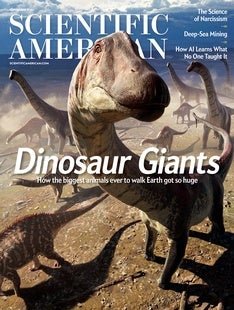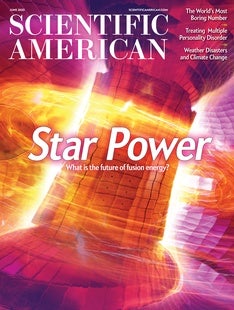 |
| August 24, 2023 |
This week, we're contemplating everything. A "theory of everything," that is—the shorthand term physicists use for their quest to sum up the entire universe, alpha to omega, in a single unified framework. Is such a feat possible? I'll say "definitely, maybe." But read our lead story to decide for yourself. Elsewhere this week, we have stories on India's triumphant lunar landing (and Russia's unfortunate failure to do the same), a guide to surviving "Mercury in retrograde" (spoiler alert: you can do nothing and be just fine), the universe's most magnetic stars, and much more. Enjoy! |
| | Lee Billings, Senior Editor, Space & Physics
| |
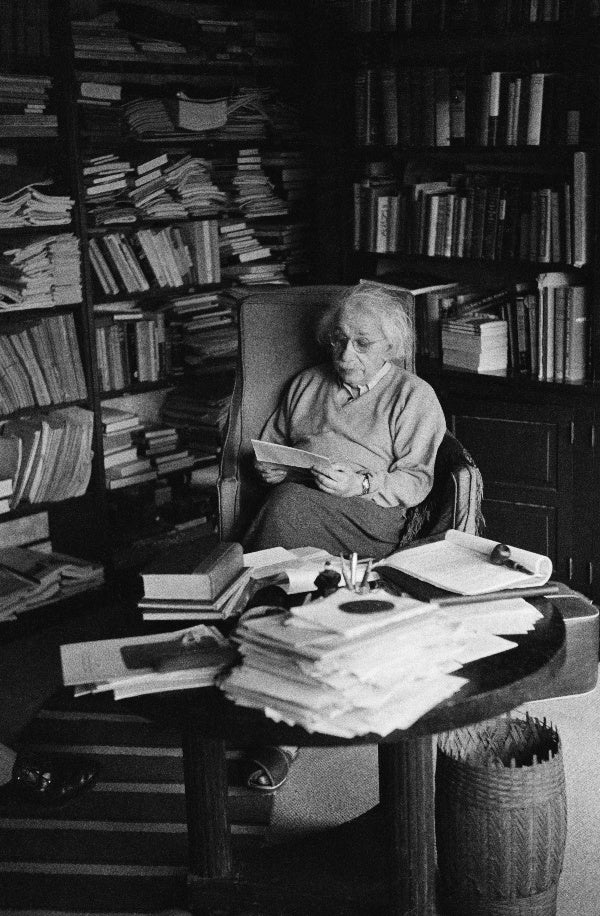 |
| |
| |
| |
| |
| |
| |
| |
| Quantum Physics Quantum Physics Can Explain Earth's Weather By treating Earth as a topological insulator—a state of quantum matter—physicists found a powerful explanation for the twisting movements of the planet's air and seas | | By Katie McCormick,Quanta Magazine | | | |
| |
| Ecology Turtle Shells Record Nuclear History Minuscule amounts of uranium detected in the shells of turtles point to a new way to track such materials' impacts on people and ecosystems | | | | |
| |
| |
FROM THE ARCHIVE
 | | What Is Spacetime Really Made Of? Spacetime may emerge from a more fundamental reality. Figuring out how could unlock the most urgent goal in physics—a quantum theory of gravity By Adam Becker | February 2022 | | |
LATEST ISSUES
 |
| |
| Questions? Comments?  | |
| Download the Scientific American App |
| |
| |




